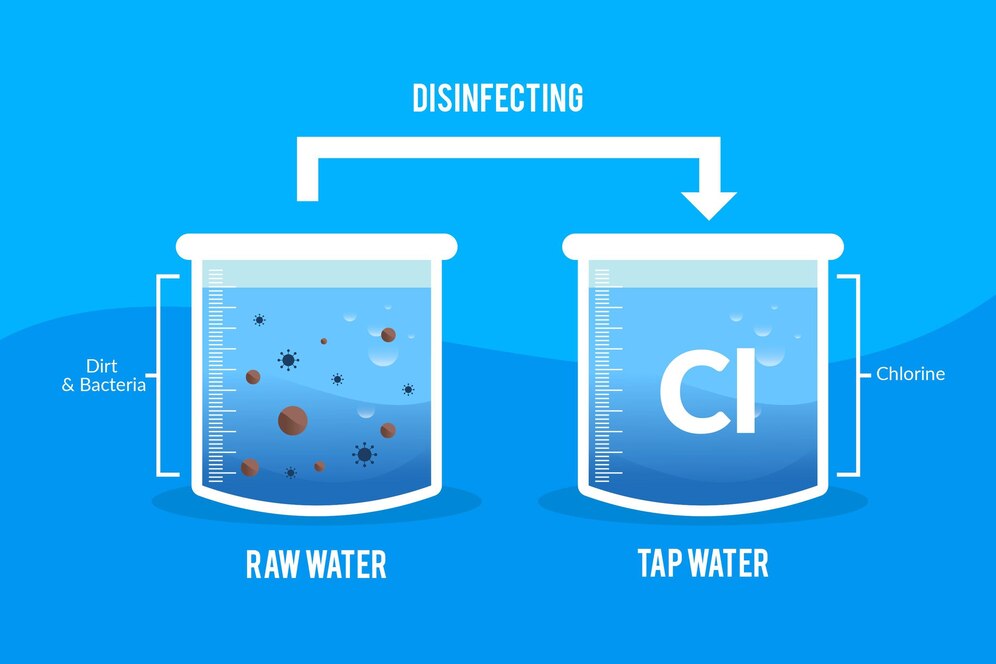DDT Full Form – Dichlorodiphenyltrichloroethane

DDT full form
In the realm of chemistry and environmental awareness, acronyms often represent compounds that have left a lasting impact on our planet. “DDT” is one such acronym that gained prominence for its role as a widely used insecticide. Understanding its full form and delving into its historical significance sheds light on its effects on both human health and the environment. In this article, we will unveil the DDT full form and explore its complex legacy.

DDT stands for “Dichlorodiphenyltrichloroethane.”
A Pesticide’s Past: Dichlorodiphenyltrichloroethane
At the heart of Dichlorodiphenyltrichloroethane (DDT) lies a compound that once symbolized progress in pest control. Let’s explore the core components and its impact:
- Insecticidal Properties: DDT was developed as an insecticide in the mid-20th century and was initially celebrated for its effectiveness in combating disease-spreading insects like mosquitoes.
- Agricultural and Health Impact: DDT played a significant role in agriculture, reducing crop damage caused by pests and helping to control diseases like malaria and typhus.
- Ecological Concerns: The long-lasting nature of DDT raised ecological concerns. It accumulated in the environment and affected non-target organisms, including birds and aquatic life.
- Bioaccumulation: DDT’s persistence in the environment led to bioaccumulation in the food chain, particularly in the fatty tissues of animals.
- Environmental and Health Bans: Due to its adverse effects on wildlife and human health, DDT was banned or restricted in many countries, leading to its decline in usage.
Impact on Environment and Health
Dichlorodiphenyltrichloroethane (DDT) has had a significant impact on the environment and human health:
- Environmental Degradation: DDT’s persistence in the environment led to its accumulation in soil, water bodies, and organisms, affecting ecosystems.
- Wildlife Impact: DDT’s impact on wildlife, particularly birds like the bald eagle, brought attention to the broader ecological consequences of its usage.
- Human Health Concerns: DDT was linked to health issues such as endocrine disruption, birth defects, and even certain cancers, raising alarms about its safety.
- Regulatory Responses: The adverse effects prompted regulatory actions and led to international agreements like the Stockholm Convention on Persistent Organic Pollutants.
Challenges and Lessons Learned
The use of DDT illustrates the delicate balance between solving immediate problems and considering long-term consequences:
- Sustainable Practices: The DDT case highlights the need for sustainable pest management practices that prioritize environmental and human well-being.
- Regulatory Vigilance: The DDT saga emphasizes the importance of strong regulatory frameworks to assess the safety and environmental impact of chemicals.
Conclusion
Behind the acronym DDT stands a compound that once seemed like a solution to pressing problems but ultimately raised concerns about its ecological and human health impact. Its full form, “Dichlorodiphenyltrichloroethane,” represents a chapter in history that taught valuable lessons about the interconnectedness of ecosystems and the potential unintended consequences of human interventions. While DDT plays a role in disease control and crop protection, its legacy is a reminder of the importance of responsible chemical usage, thorough scientific evaluation, and a commitment to safeguarding our environment and health. The story of DDT stands as a cautionary tale, urging us to approach technological advancements with a holistic perspective, ensuring that progress benefits both present and future generations.